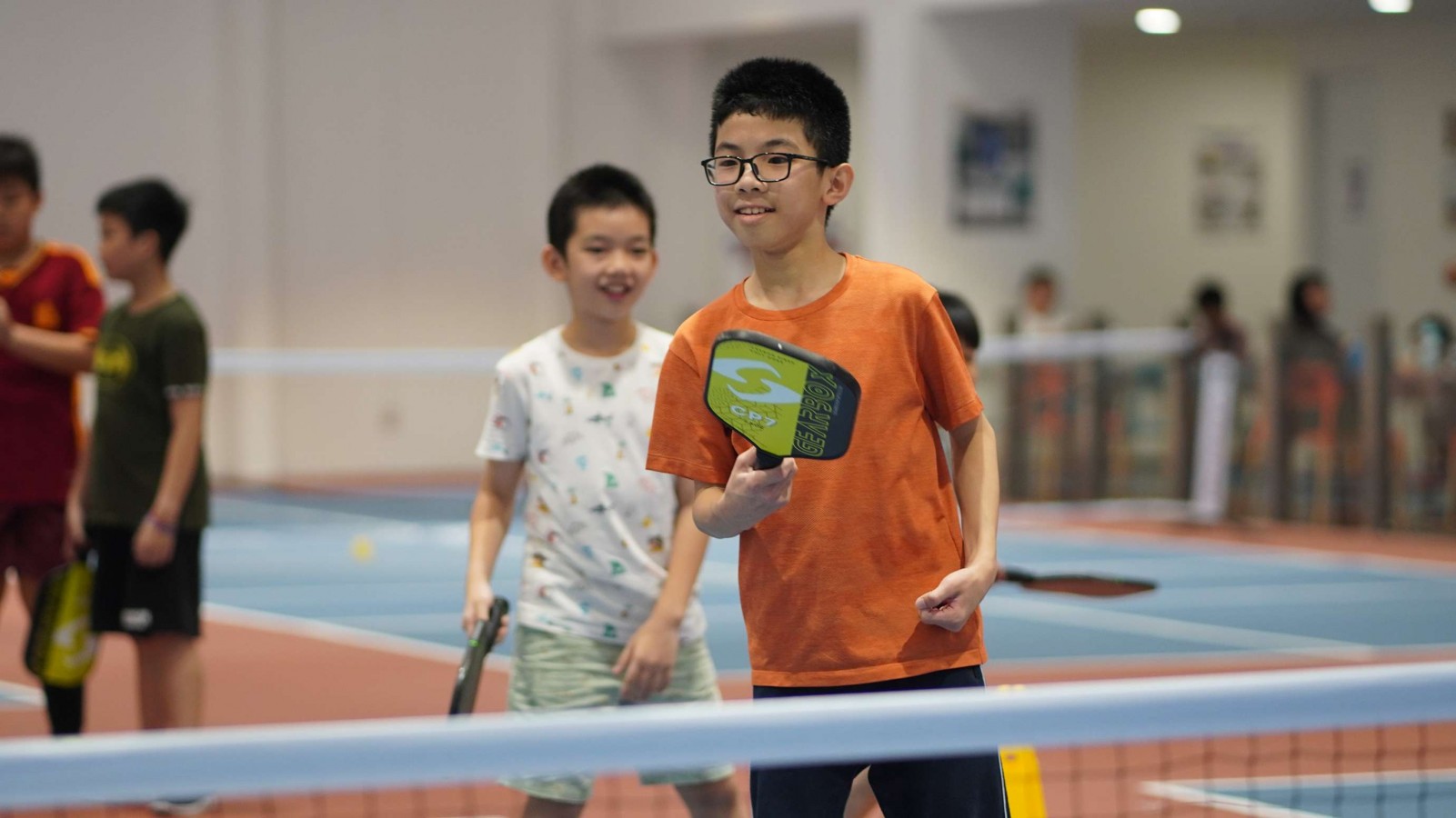Flank Position In Futsal: Role, Responsibilities, and Mastery

If you’ve ever watched a fast-paced futsal match, you might have noticed some players constantly darting up and down the sides of the court — setting up goals, sprinting back to defend, and always staying active. Those energetic players? They’re the flankers!
The flank position in futsal is one of the most exciting, action-packed roles on the court. Whether you're just starting out or looking to sharpen your skills, understanding the flank position is key to mastering the game.
In this article, we’ll explore what the flank position is all about, what a flanker’s responsibilities are, and how you can become an unstoppable force on the wings.
What Is the Flank Position in Futsal?
In futsal, the court is much smaller than a regular football field, but the intensity? Much, much higher. Each team typically has five players on the court: one goalkeeper and four outfield players. The futsal positions usually include:
- A fixo (defender)
- Two alas (flankers or wingers)
- A pivot (forward/striker)
The flankers are positioned on the left and right sides of the court. Their job? Pretty much everything. They play a huge role in both attack and defense. Think of them as players who are fast, adaptable, and always moving.
Role of the Flank Position: What Does a Flanker Do?
Flankers are vital to a team’s structure and flow. They're the bridge between defense and offense. Here are the main roles a flanker plays:
1. Supporting the Attack
Flankers are often responsible for carrying the ball forward, dribbling past opponents, and creating chances. They use the width of the court to stretch the defense and open up space for their teammates.
2. Providing Width
In futsal, space is precious. Flankers stay wide to keep defenders spread out, making it easier to penetrate through the middle or deliver passes into the pivot.
3. Assisting and Scoring Goals
A good flanker knows how to pass, cross, or shoot. They often serve up assists but also get on the scoreboard themselves.
4. Tracking Back to Defend
Flankers must be disciplined and get back quickly to help defend. If an opponent breaks through, the flanker is expected to hustle back and cover the sides or press the ball carrier.
5. Pressing and Winning the Ball
Futsal is a high-pressure game. Flankers are key in initiating the press, trying to force errors from the opponent and regain possession high up the court.
How to Master the Flank Position
So, how do you go from just zooming up and down the side of the court to becoming the heartbeat of your team’s attack and defense?
Let’s break it down, step-by-step:
1. Work on Your Speed and Agility
As a flanker, your job often includes sprinting up to help with an attack — and then immediately turning around to chase down a counterattack. This means your speed and agility need to be sharp.
How to train? Try to practice several futsal training drills routinely.
2. Master Ball Control
You’ll often be dribbling near the sidelines, under pressure, and surrounded by defenders. That’s why tight control is your best friend.
How to train:
- Dribble in tight spaces, like between cones that are just a foot apart.
- Practice using both your left and right foot to dribble, trap, and pass. You never know which side you'll need!
- Try 1v1 drills against a partner or even a wall to simulate pressure.
3. Improve Your Passing and Crossing
Yes, you might score, but more often, flankers set up the goals. That means precise passing is everything.
Remember to:
- Practice one-touch passing with a teammate or rebounder.
- Try give-and-go (wall pass) drills: Pass, move, receive again.
- Set up cones or mini-goals to practice delivering low crosses to a target area.
4. Strengthen Your Defensive Skills
Being a flanker doesn’t mean you only attack. When your team is under pressure, you become the first line of defense on the wing. So, learn how to defend properly in futsal.
If you don’t track back, the other team will exploit the space you left. Solid defensive play helps your team stay balanced.
5. Communicate Constantly
You're not out there alone. Futsal is a team game, and communication is your secret weapon. Quick decision-making in futsal and fast transitions require every player to be on the same page — and that only happens if you’re talking.
Several examples what to say:
- “Man on!” – Warn your teammate about a defender coming.
- “Switch!” – Let a teammate know you’re rotating positions.
- “I’m open!” – Ask for a pass when you’re in space.
6. Develop Game Awareness
The best flankers see the game before it happens. Being aware of your surroundings helps you make better decisions — and faster ones.
7. Condition Your Body
Futsal may look short, but it’s non-stop intensity. Flankers need top-level fitness — not just for sprints, but for quick recovery and sharp thinking late in the game.
Remember to include in your training:
- Cardio workouts: 20–30 minutes of HIIT or cycling.
- Strength and conditioning training: Focus on legs (squats, lunges) and core (planks, sit-ups).
- Flexibility: Stretch regularly or try yoga to prevent injury.
8. Watch and Learn
Sometimes, the best lessons come from watching the pros. Look at top-level futsal players and study what makes them great flankers.
When you do, you’ll start to recognize patterns: when they pass, when they sprint, when they slow down play. You’ll also get ideas for moves you can practice.
Common Mistakes Flankers Should Avoid
Even experienced flankers slip up sometimes. Here are a few things to watch out for:
- Ball-hogging: It’s tempting to dribble too much, but futsal is about quick passes and team play.
- Overcommitting on defense: Don’t dive into tackles recklessly since it leaves your side exposed.
- Staying too central: Remember your role to create space by staying wide and only cutting in when strategic.
- Poor stamina: You can’t contribute if you’re gassed out. Stay fit!
Ready to be a Flanker in Your Team?
If your child shows passion for the game or simply loves staying active, this is the perfect time to nurture that spark! At Rockstar Academy, we don’t just teach futsal but we shape young athletes into future champions.
As the best Sports & Performing Arts Academy, we offer a fun and structured futsal program complete with a dynamic curriculum where students can shine in exciting events like RockOlympics and the Elite Championships.
These are unforgettable learning experiences where your child can grow, compete, and discover their full potential. And the best part? You can try it first with a free trial class!
And for those who are ready to take it to the next level, we also offer the Dream Team — an exclusive 120-minute high-intensity training program led by the most experienced instructors in the professional field, open to both boys and girls.
So parents, if you want your child to become an excellent flanker and more, let them start their journey with Rockstar Academy!
FAQ
Can a flanker play both offense and defense?
Absolutely! A good flanker does both, attacking with skill and defending with determination.
Is the flank position only for fast players?
Speed helps, but intelligence, technique, and positioning matter just as much. Many great flankers rely more on smarts than raw speed.
What skills should I focus on as a beginner flanker?
Start with dribbling, passing, and basic positioning. Once you're comfortable, add in sprint drills and defensive skills.



